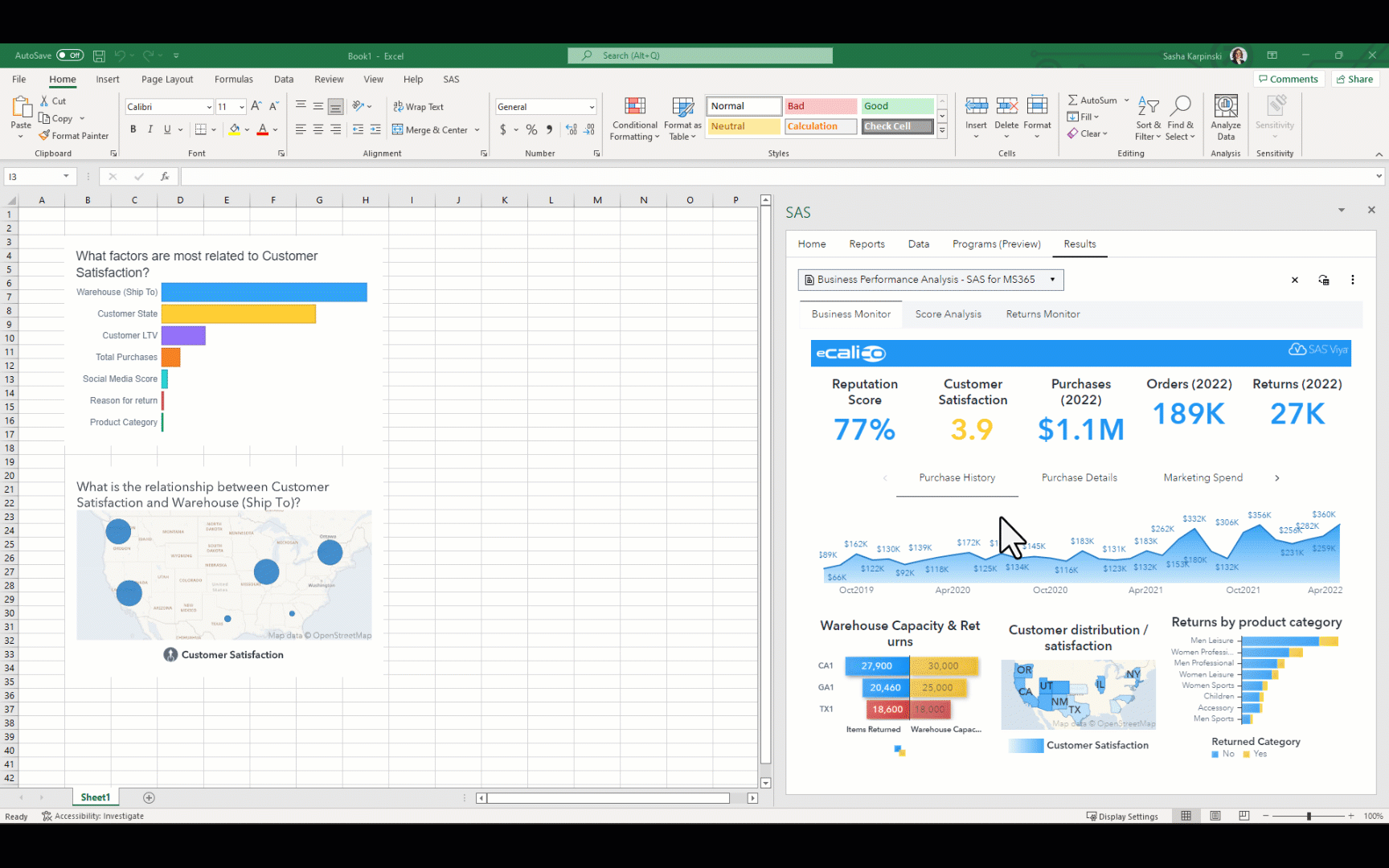
Using SAS for Microsoft 365, you can enhance your Excel spreadsheets with additional insights from SAS Viya via one seamless integrated experience.

Using SAS for Microsoft 365, you can enhance your Excel spreadsheets with additional insights from SAS Viya via one seamless integrated experience.
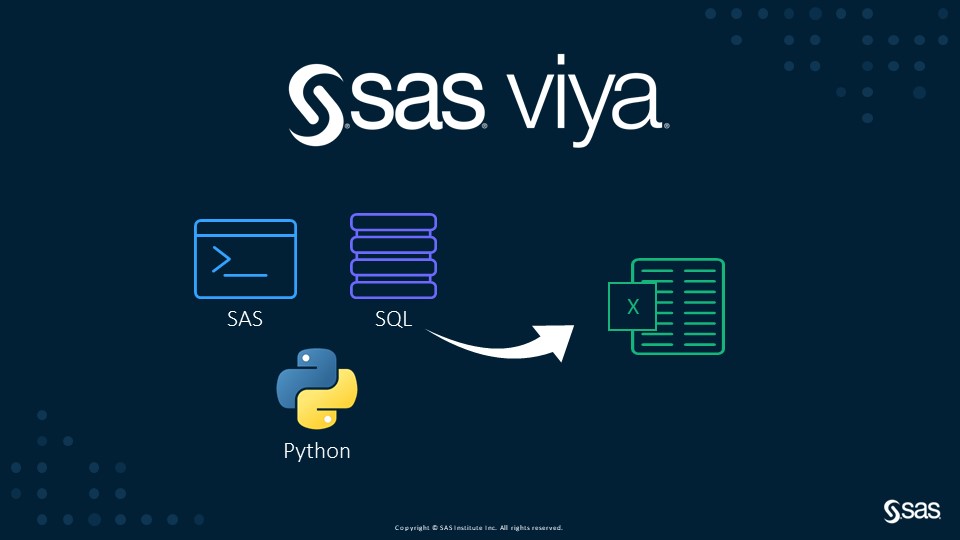
The addition of the PYTHON procedure and Python editor in SAS Viya enables users to execute Python code in SAS Studio. This new capability in SAS Viya adds another tool to SAS's existing collection. With this addition I thought, how can I utilize this new found power? In this example,
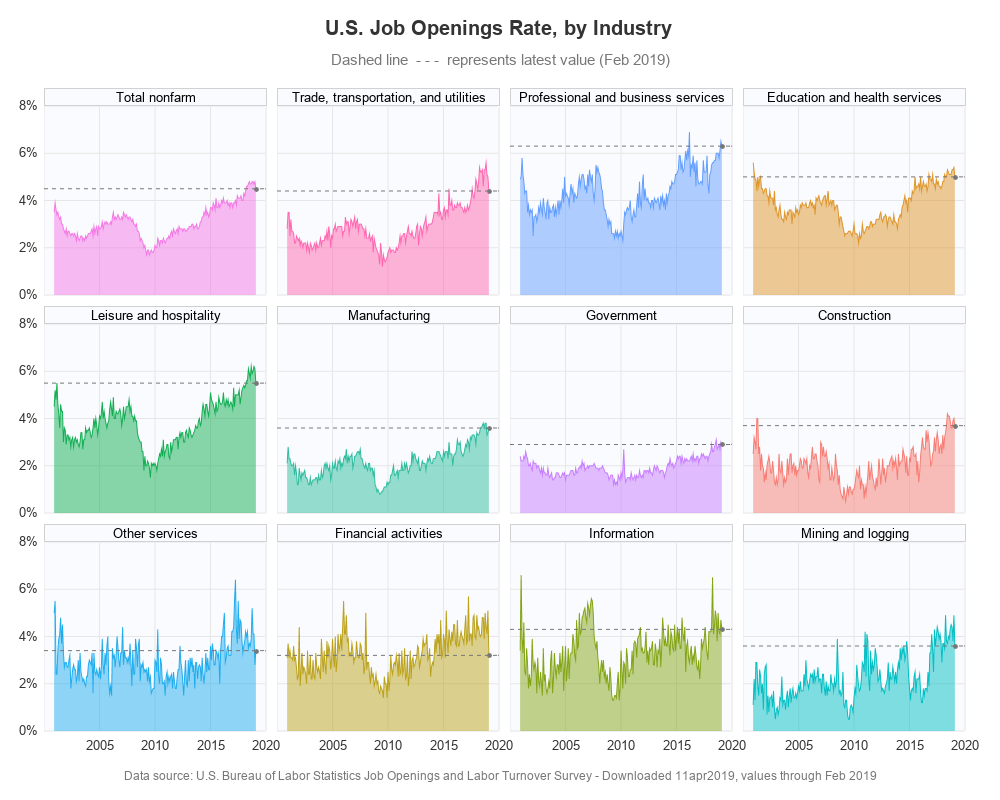
In the past, I created some graphs about our record low unemployment rate (US unemployment, and state-level unemployment), but does low unemployment also mean there are jobs available? Let's have a look at the data!... Existing Graphs I knew I couldn't be the only one interested in this kind of
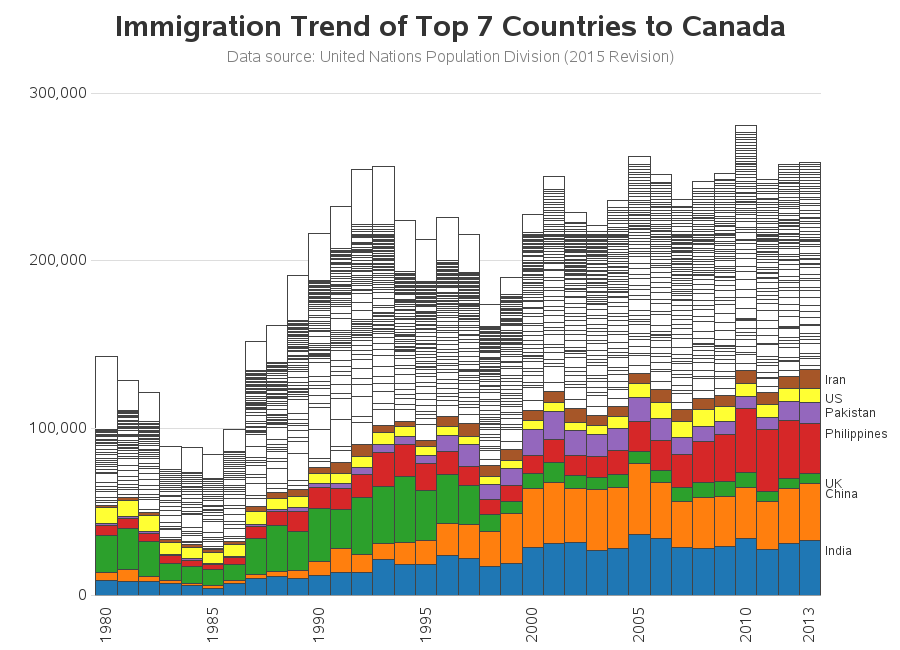
I started my computer career as a Unix system administrator, and when I began using SAS almost 30 years ago it was only natural that I used it on Unix computers (they were the most powerful/capable computers I had access to at the time). I've picked up a lot of
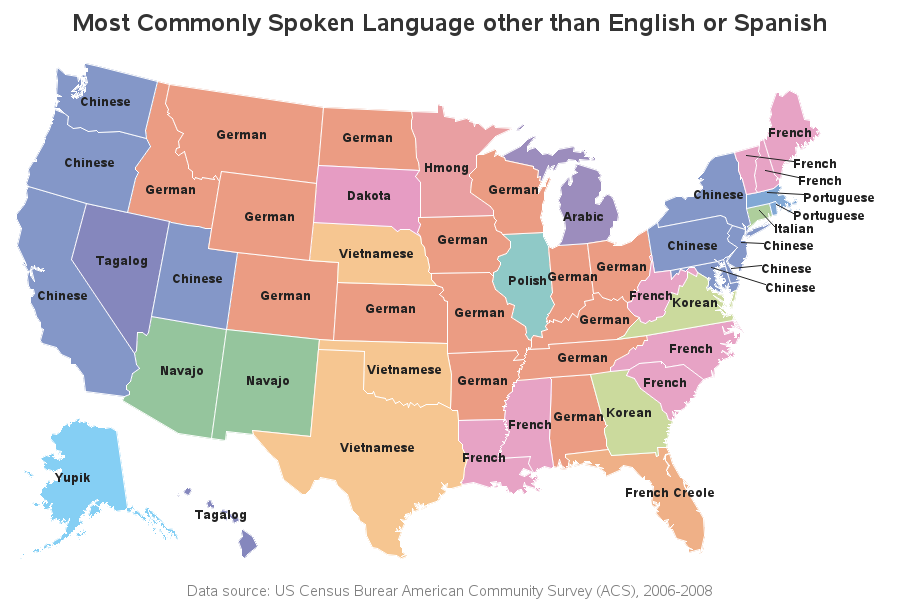
I can recognize several languages when I hear people speaking them (mostly because I lived in the Alexander International Dorm at NC State University). Therefore when I found a map of the most common languages spoken in each US state, it caught my attention, and I decided to try creating my
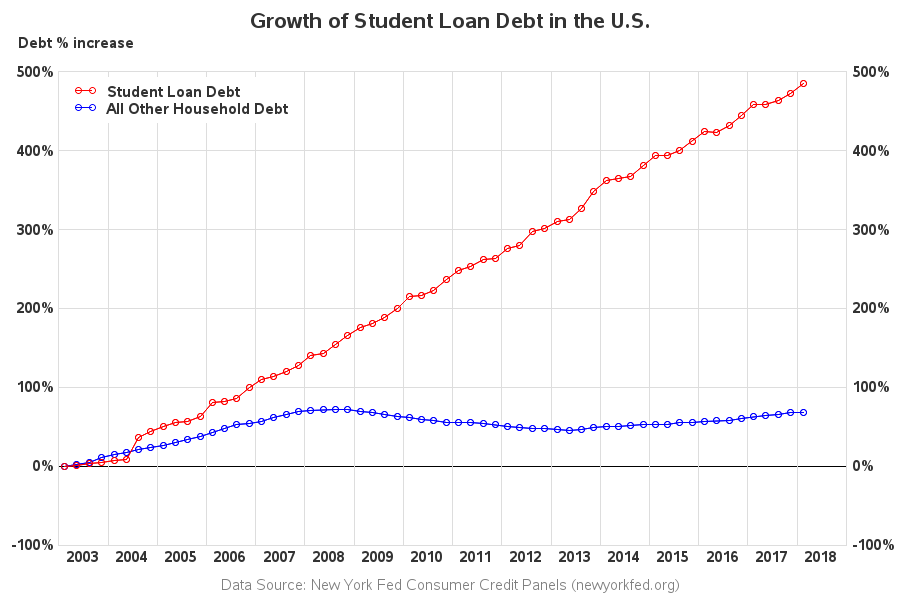
Of course you know how to create graphs ... But do you often find that preparing the data to plot is often the hardest part? Well then, this blog post is for you! I'll be demonstrating how to import Excel data into SAS, transpose the data, use what were formerly column
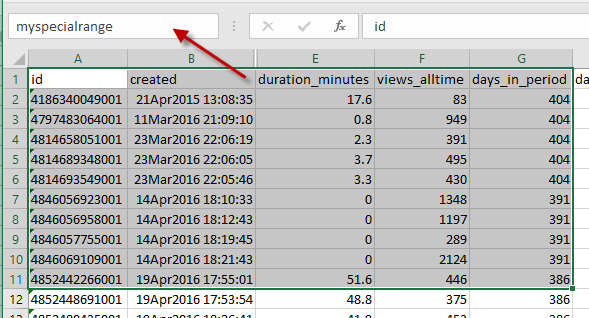
I've said it before: spreadsheets are not databases. However, many of us use spreadsheets as if they were databases, and then we struggle when the spreadsheet layout does not support database-style rigor of predictable rows, columns, and variable types -- the basic elements we need for analytics and reporting. If
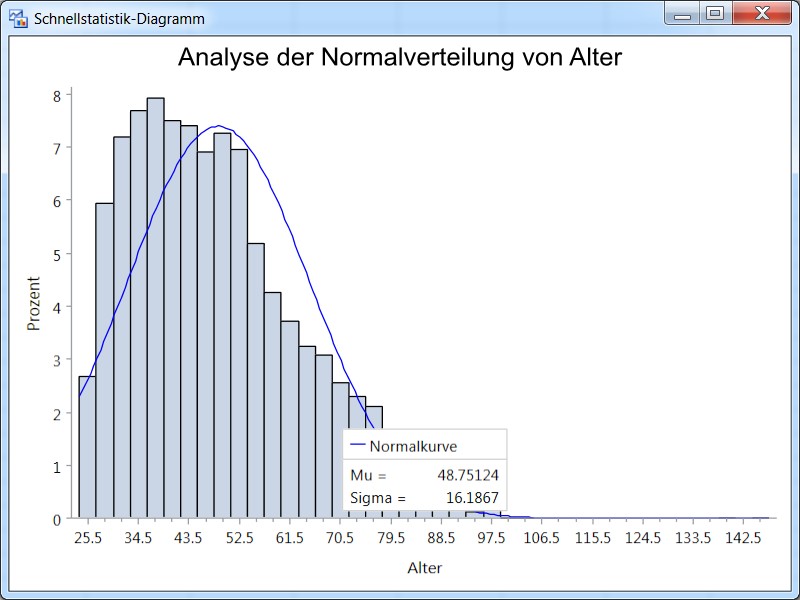
Die letzten Jahre zeigen deutlich, wie rasant das Datenaufkommen in den Unternehmen wächst. Laut einer Prognose von Statista wird das Volumen der jährlich generierten digitalen Datenmenge weltweit in den kommenden 5 Jahren um das 5-fache (in Exabyte) steigen. Dies stellt sowohl die IT als auch die Fachbereiche vor immense Herausforderungen.

Are you the lone-wolf SAS programmer in your company - managing the data, performing the analyses, and graphing the output for everyone else? And what's the only format they all know how to work with, and wish they had your output in? Let's face it ... that's probably an Excel
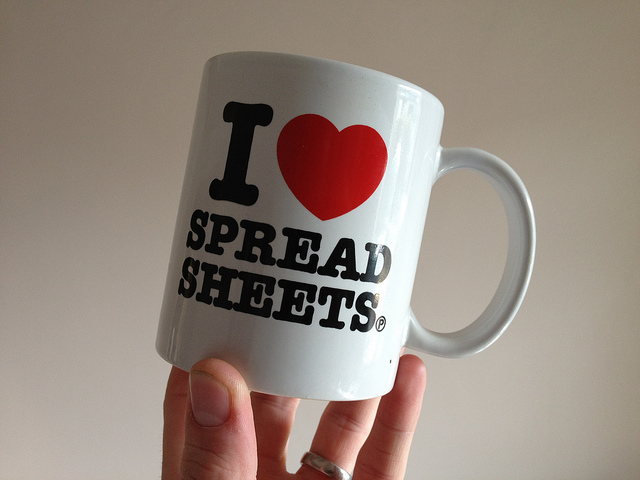
To prepare for the data challenges of 2015 and beyond, health care fraud, waste and abuse investigative units (government funded and commercial insurance plans, alike) need a data management infrastructure that provides access to data across programs, products and channels. This goes well beyond sorting and filtering small sets of

While I've often written about how to get your SAS data to Microsoft Excel in some automated way, I haven't really addressed what's probably the most frequently used method: copy and paste. SAS Enterprise Guide 7.1 added a nifty little feature that makes copy-and-paste even more useful. The new "Copy
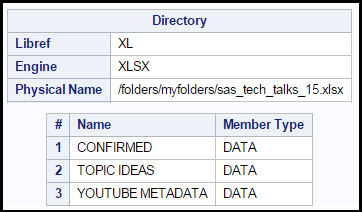
The XLSX libname engine in SAS allows you to read and write Microsoft Excel files in the same way that you can work with other data sets and databases. This article describes the basic (and some limitations) of the XLSX engine.
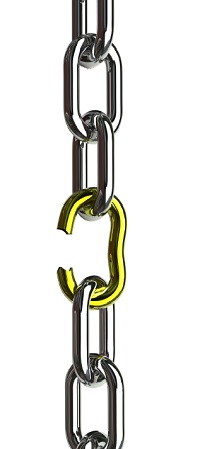
Hello, 1992 called. They want their DDE Excel automation back. Perhaps the title of this article is too pessimistic. Of course your SAS programs that use DDE (dynamic data exchange) can still work perfectly, as long as you situate your SAS software and its DDE "partner" (usually Microsoft Excel) to

As you can tell from my recent posts (see here and here), I've been working with SAS and Microsoft Excel files quite a bit. I'm really enjoying the ability to import an XLSX file in my 64-bit SAS for Windows without any additional setup. After one long afternoon of back-and-forth
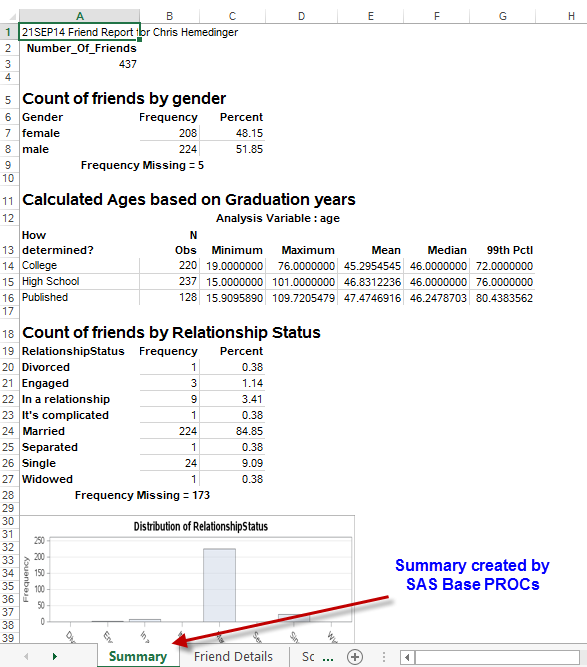
I recently wrote about my foray into the experimental world of ODS EXCEL. Using this new destination in SAS 9.4, I was able to create multisheet workbooks -- containing reports and graphs -- in the XLSX format. I outlined some of the benefits -- such as being part of Base
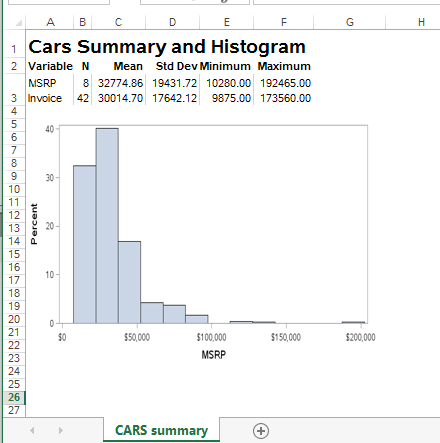
The ODS ExcelXP tagset has served us well over the years. It provides a reliable method to get formatted SAS output into Microsoft Excel workbooks, where the business world seems to like to live. And it's available in Base SAS, which means that you don't need SAS/ACCESS to PC Files
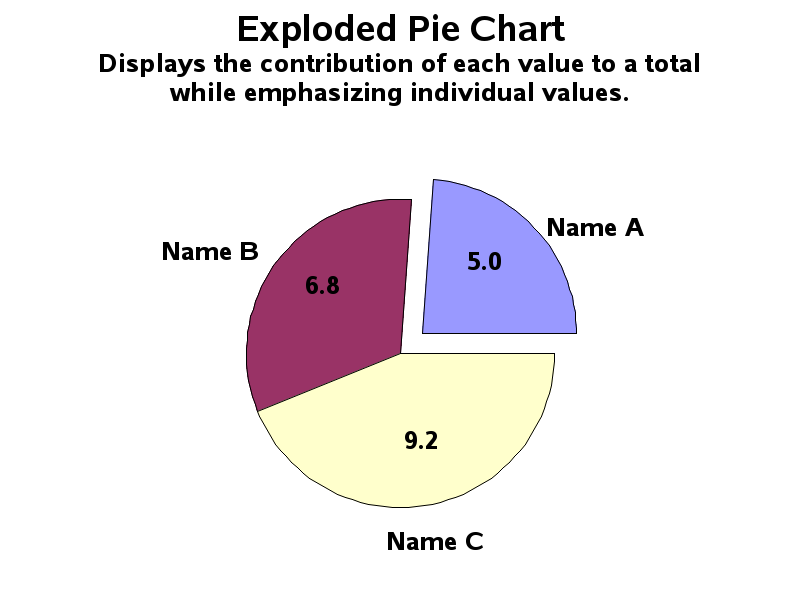
Do you use SAS for analytics and Microsoft Excel for graphs? Why not use SAS for your graphs too?!? Then you could completely automate the entire process in one SAS program, with no manual steps! A lot of people use Excel to create their graphs because "it's what they know." What if somebody

On the SAS-L mailing list, a participant posed this question (paraphrased): How can I tell which date format my Windows session is using: European format (with day first) versus USA format (with month first)? I'm reading in output from a Windows file listing, and need to know how to interpret

Many SAS customers are quickly adopting 64-bit versions of Microsoft Windows, and they are pleased-as-punch when they find a 64-bit version of SAS to run on it. They waste no time in deploying the new version, only to find that a few things don't work quite the same as they

I have a love-hate relationship with spreadsheet data. I am interested in finding data to analyze, and if it arrives in the form of a spreadsheet, I'll take it. And I like to deliver results and reports, but often my constituents ask for it as a spreadsheet that they can

I hope that the following statement is not too controversial...but here it goes: Microsoft Excel is not a database system. That is, I know that people do use it as a database, but it's not an application that supports the rigor and discipline of managing data in the same way

Tomorrow I'll be taking a few hours away from work to build something important: the self-esteems of a handful of middle-school-aged children. I'm volunteering as a judge in a middle-school science fair. And even though I'm not a scientist ("computer science" isn't a category), I understand enough about physical science
Japan has a superfast train called the Shinkansen. The first I heard of it was when my sister visited Japan on a scholarship. Engine-awestruck, we wanted a ride, but weren’t able to get to Japan. Nor, did we know the language. (With over 5000 kanjis, it took my sister 3

Since its 4.2 release, SAS Enterprise Guide has been able to import Microsoft Excel 2007 and 2010 spreadsheet files (usually encountered as .XLSX files). But while SAS Enterprise Guide can export XLS files (which are compatible with all versions of Microsoft Excel), it does not have the ability to export

...if man is still alive, will he be importing Excel spreadsheets and wondering why his leap years are off? I received this report from SAS Technical Support, on behalf of a customer who uses SAS Enterprise Guide to import spreadsheet data: The date "12/31/9999" will import as "02Jan****" when reading